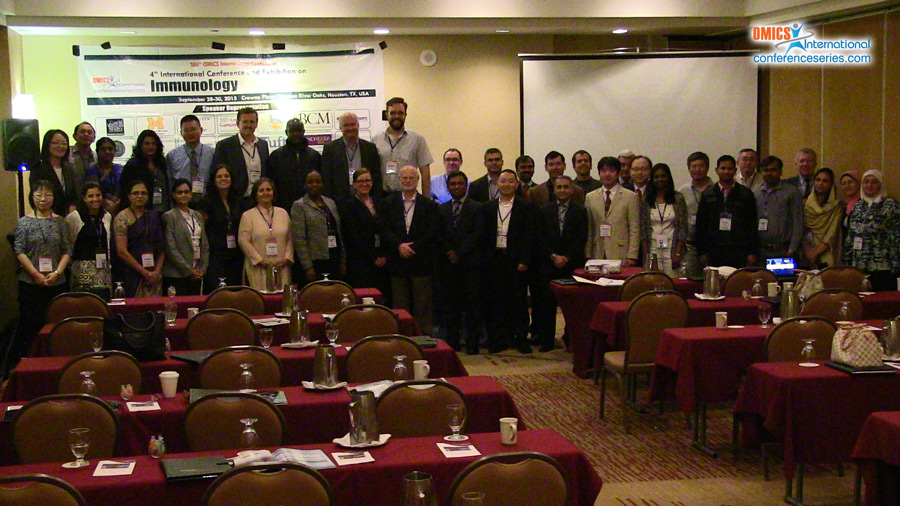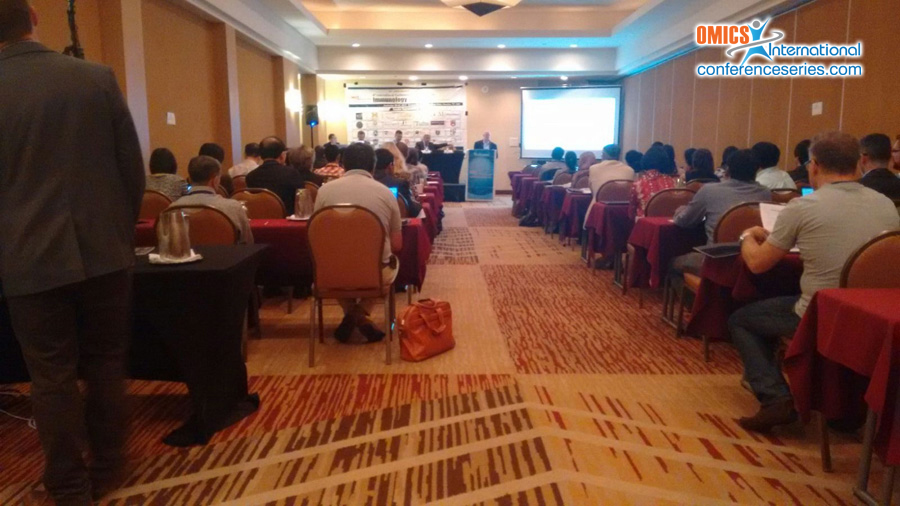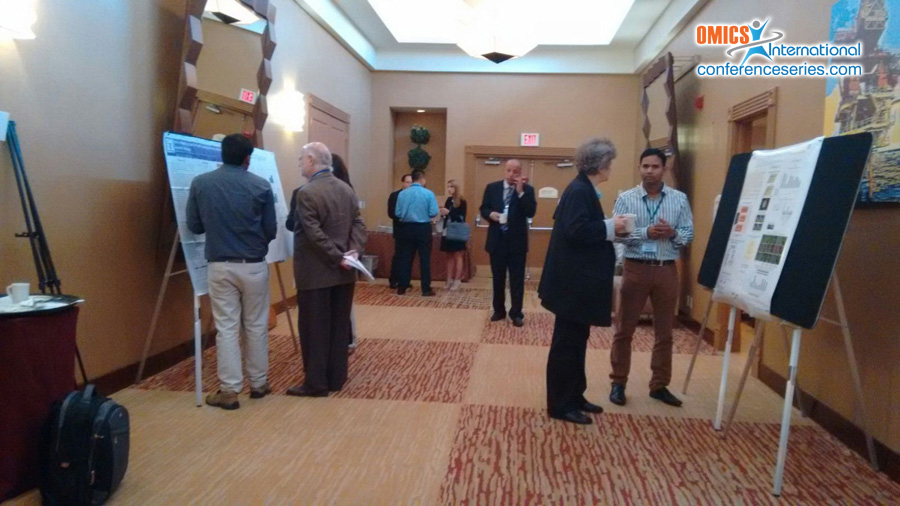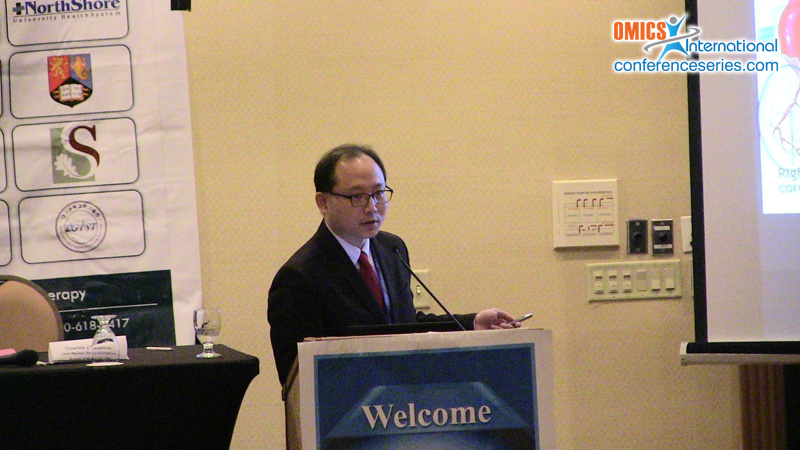Ming-Yow Hung
Taipei Medical University, Taiwan
Title: Innate immunity in cardiology: Vessel and valve
Biography
Biography: Ming-Yow Hung
Abstract
Coronary artery spasm (CAS), an intense vasoconstriction of coronary arteries causing vessel occlusion, plays an important role in myocardial ischemic syndromes including angina, acute myocardial infarction, and sudden cardiac death. Smoking, age and high-sensitivity C-reactive protein (hs-CRP) are risk factors for CAS. While high hs-CRP level has recently been found to be an important risk factor for CAS, its relationship with CAS may differ between genders. In patients with low hs-CRP levels, diabetes mellitus has been shown to contribute to CAS development in men but not in women; however, in patients with high hs-CRP levels, there are negative effects of diabetes mellitus and hypertension on CAS development, especially in women. In the mid 2000s, chronic inflammation was shown to be associated with CAS, as evidenced by elevated peripheral white blood cell and monocyte counts, hs-CRP, interleukin-6, and adhesion molecules. Calciï¬c aortic valve stenosis (CAVS) is the most common form of acquired valvular heart disease. About 50% of patients with CAVS do not have coronary artery disease, suggesting related, but unique, pathophysiology. One of these pathways may involve the lipoprotein(a) (Lp[a]), lipoprotein-associated phospholipase A2 (Lp-PLA2), and oxidized phospholipids (OxPL) axis. Recently, a genome-wide association study showed that single nucleotide polymorphism (SNP) rs10455872 at the LPA gene locus was causally related to CAVS. A key proinflammatory property of Lp(a) may be its content of OxPL. Elevated levels of OxPL on apoB (OxPL/apoB) predict death, myocardial infarction, and stroke. Overall, these observations suggest plausible mechanisms through which Lp(a)–Lp-PLA2–OxPL may mediate CAVS.
Speaker Presentations
Speaker PDFs
Speaker PPTs Click Here




